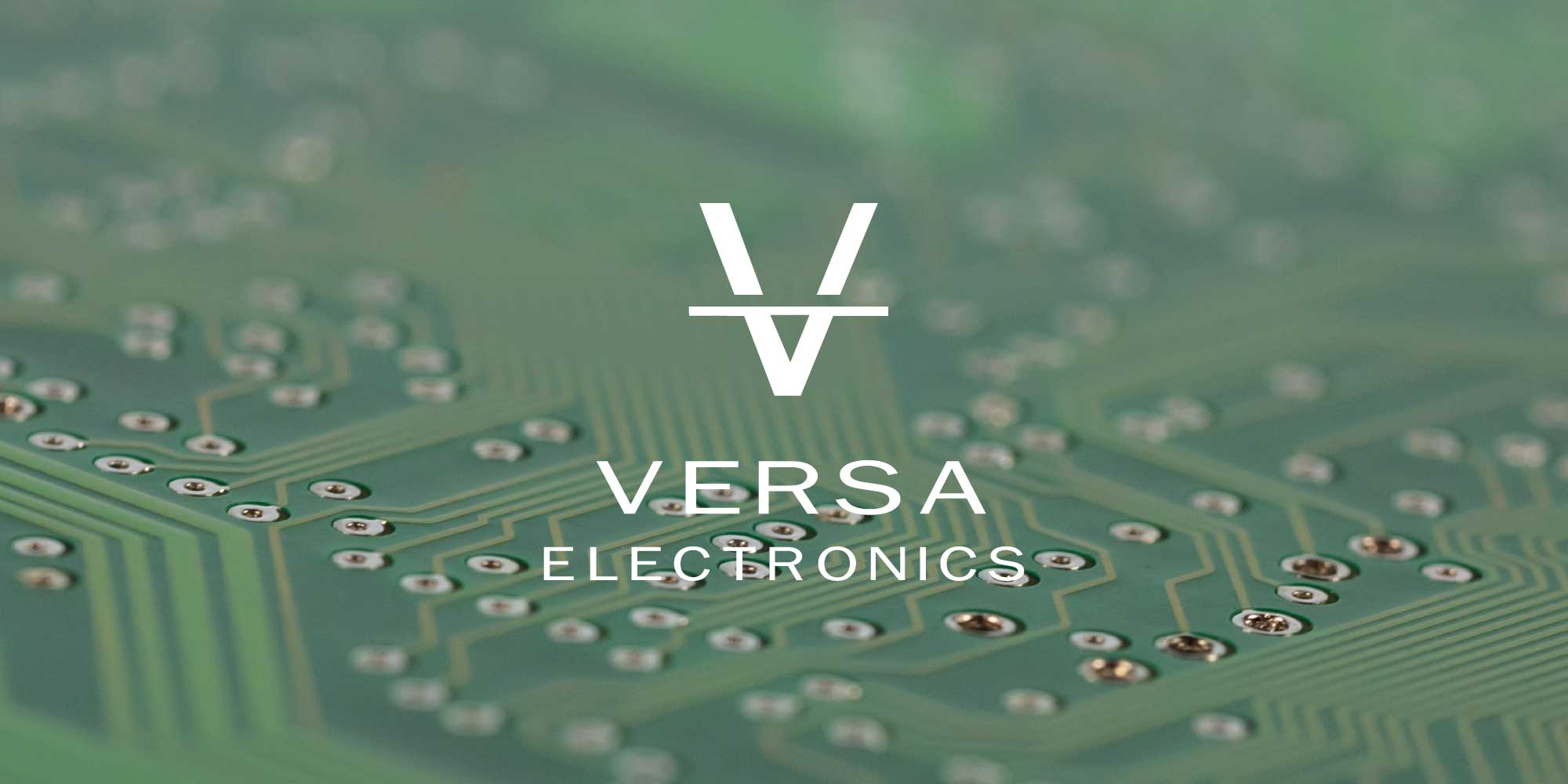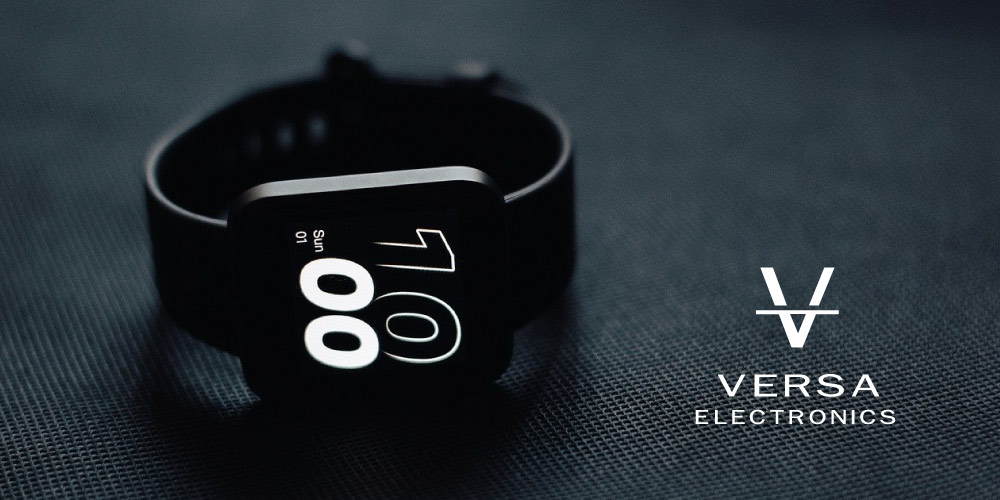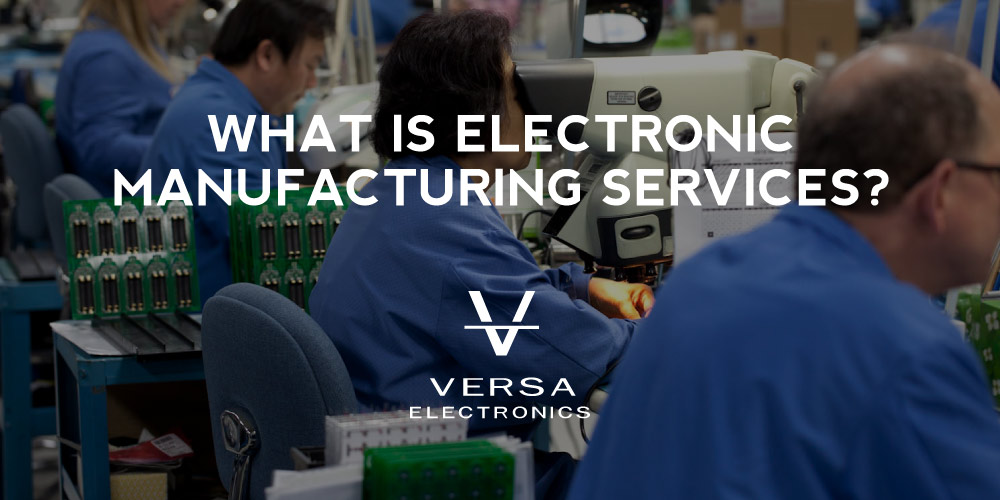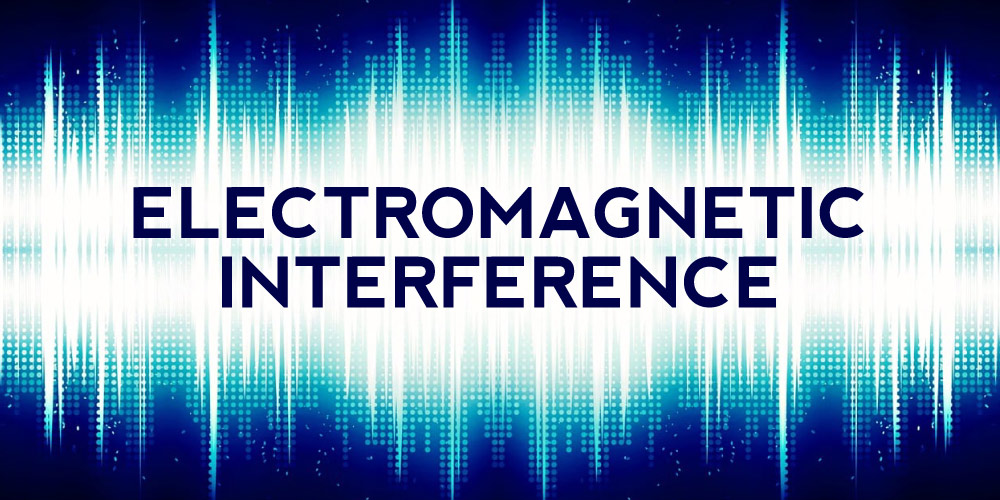Many people often confuse the role of OEMs, ODMs, CEMs, and EMS providers, all manufacturing-related services. Understanding the differences between them can help clear the confusion. Here is a look at the definitions and distinctions of these terms.
What Is an OEM?
OEM stands for original equipment manufacturer. An OEM can either deal with sub-systems or components to complete “turnkey products.” When an OEM deals with sub-systems, they provide components re-sold by another company as their own end product.
OEM business models address product innovation and development. This means they design a significant percentage of their products and have intellectual property rights to these products. OEMs are now outsourcing most of their manufacturing, which is why many believe the “M” in the initials “OEM” should be left out.
What Is an EMS Provider?
EMS stands for Electronics Manufacturing Service. EMS provider is a contract manufacturer in the field of electronics. An EMS makes products for OEMs and assists them with design, supply chain management, outbound logistics, configure-to-order, and repair elements.
EMS companies are considered multi-billion-dollar businesses in the “Tier 1” environment. It is no wonder they manufacture renowned items like Microsoft’s Xbox, HP printers, Apple’s iPhone, Cisco routers, and also products for Nintendo and Sony.
These suppliers usually make “Top 10” lists and deal in manufacturing high volume and low complexity products. They also demand multi-million dollar spend levels, and many consumer electronics usually ship from their factories.
Tier 1 suppliers are not suitable for OEMs that deal with low to medium volumes. OEMs are encouraged to find the most suitable supplier for their product range and business model, especially when dealing with complex products.
While tier 1 EMS companies serve the high volume consumer market, smaller tier EMS companies are better suited to serve high technology, high product mix and very specialized OEM product, service and fulfillment needs.
What Is a CEM?
CEM stands for Contract Electronics Manufacturers. They make products under contract for other organizations. They are responsible for manufacturing wholly or partially for OEMs. They are relevant in industries such as defense, gas, oil, industrial, computing, test and measurement, communications and transportation, and instrumentation. Thousands of products are manufactured weekly by these contract manufacturers. These products are then branded with the OEM’s name and sold out by the OEM.
What Is an ODM?
ODM stands for Original Design Manufacturers. ODMs are like contract electronics manufacturers, but they own the Intellectual Property for their products. Contract electronics manufacturers normally take up the designs and Intellectual Property of their customers. Additionally, CEMs produce a wide range of products across different markets, whereas ODMs focus on a small number of specific products.
The Difference Between an OEM and EMS
Many people wonder why organizations like Apple outsource their production. One of the reasons for this is because these organizations are not good at manufacturing. Furthermore, companies like Apple realized that other manufacturers are better at production and do it cost-effectively. This leaves their workforce to divert their strengths to innovating and enhancing the most recent models.
The core focus is what helps explain the differences between OEMs and EMS providers:
1- Assembly Equipment
OEMs come with surface mount equipment that takes a lot of time to set up. They also have dedicated production lines for their products. On the other hand, EMS companies have more agility. They invest in equipment that can deliver faster changeovers and programming. This contributes to their added flexibility and allows them to run at reduced rates.
2- New Product Introduction (NPI)Process
An OEM designs its products and comes with an established collection of products to sell. Therefore, the frequency of new products introduced into the market by OEMs is low. Since they build products in-house, there is no need to share build documentation with third-party suppliers.
On the other hand, CEMs work with a wide range of OEMs from different markets. They are often called upon to deliver new products to their clients. As a result, the NPI process of CEMs is much more refined and robust because of the vast amount of data they manage. Furthermore, the completeness of their processes will vary depending on the customer and the product they deal with.
3- Supply Chain Expertise
EMS companies manufacture for different customers producing multiple products with the need for a broader and global supply chain.
4- Test Design Expertise
The various PCB assemblies and box build products for which EMS companies design test solutions means they have more experience than OEMs’ engineers.
Therefore, the differences between OEMs and EMS companies lie in their core skills and their manufacturing resources. In light of this, the amount of time needed for an OEM to manufacture products takes much longer.
In Conclusion
OEMs who want to outsource their manufacturing should be assured that EMS companies can handle all the processes that OEMs deal with. Still, their output is better, consistent, and efficient because of the wide range of products and markets they service. Furthermore, they have more expertise and experience. This range of experience can add value to the OEM’s business and be a great value to them.





